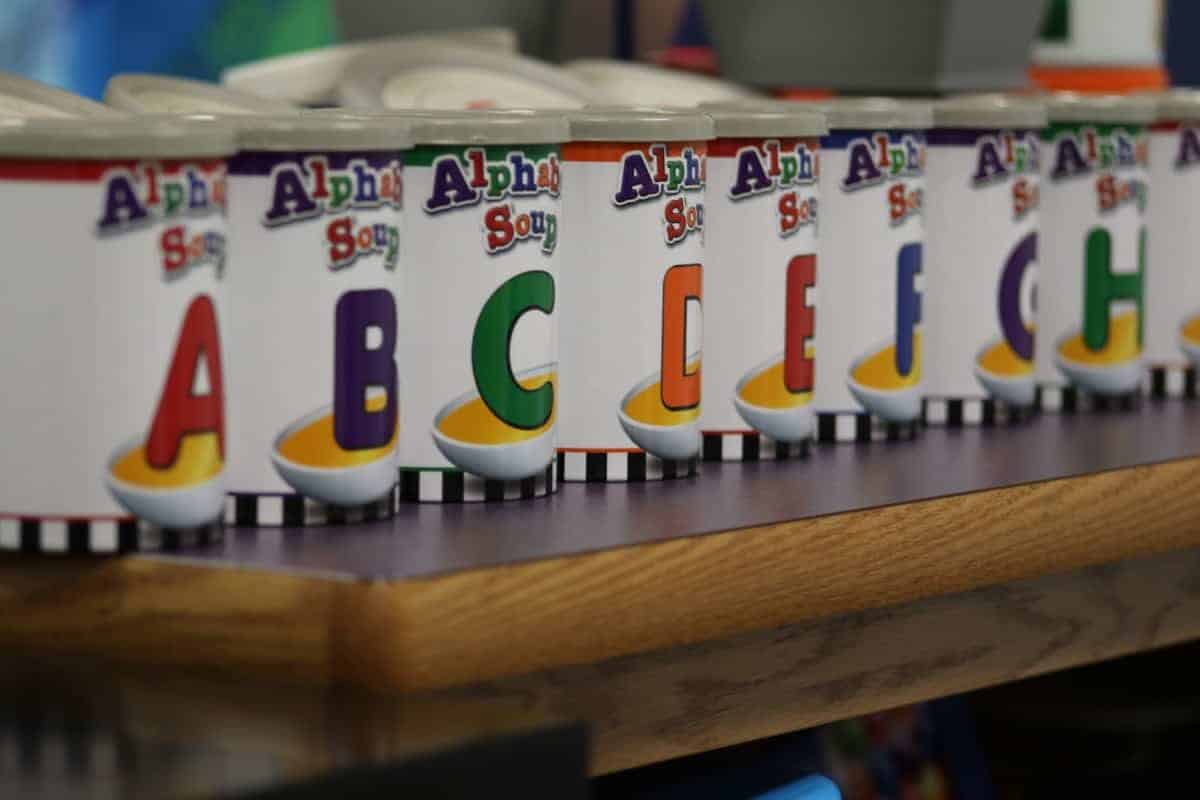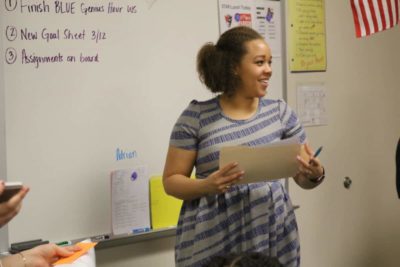

When the Federal Reserve speaks, however inscrutably, investors listen. School teachers, not so much. And yet, the Fed sent a cautionary signal this week that bears on North Carolina’s budgetary ability to pay teachers as professionals and otherwise support schools, colleges, and universities.
It just so happened that, on the same day the North Carolina General Assembly got down to business for its 2019 long session, the Federal Reserve announced it would not raise interest rates for a “patient period’’ of examining the health of the economy. The Fed explained that it expected the nation’s economy to continue to grow, but its sudden shift to a no-increase posture reflected worry over the potential for an economic slowdown.
Why is the Fed’s posture relevant to North Carolina? The answer comes in two parts: The performance of the state’s economy is linked to the rise and fall of the national economy. And the state has significantly increased its reliance on economic growth to produce adequate revenues for education, health care, law enforcement, and all manner of public services in a sprawling state with a growing population.
Since 2013, the Republican legislative majority has enacted a series of tax-cut measures. Another round of cuts went into effect last month. The N.C. Justice Budget and Tax Center calculates that the cumulative effect amounts to $3.5 billion less in annual revenue.
Republicans contend that their strategy — consisting of lower taxes, tighter budgets, rejection of Medicaid expansion, a large rainy-day fund, and paying back the federal government rather than sustaining payments to the unemployed — has all added up to economic stimulus. They point to the state’s job growth, better-than-national unemployment rate, and multi-million-dollar budget surpluses as evidence of effectiveness.
Let’s posit that economic expansion is preferable to contraction, and that black ink is better than red ink. Indeed, after being hit hard by the 2008-09 recession, North Carolina has had a significant overall recovery, largely fueled by the economic engines of its two major metropolitan regions — but also a recovery that has left many people behind in poverty or in low-wage jobs without upward mobility.
As legislative deliberations get underway, let’s also take a look back at two factors — gross state product and budgetary practices — in the interest of background and perspective.
From 2013 to 2017, as the Great Recession receded, North Carolina’s gross domestic product had annual growth rates of 1.7 percent, 2.1, 2.8, 2.3, then coming at 3.4 percent in mid-2018. In comparison, North Carolina actually had higher annual GDP growth rates during its recovery from the less-intense 2000-1 recession — growth of 1.5 percent, 2.2, 3.9, 4.5, 5.5 in the 2002-2007 period. And that growth came after a tax increase enacted in 2001.
Of course, North Carolina has not been a high-tax state. And, unless its tax burdens are totally out of whack, a state’s rates have only a marginal influence on economic growth or decline, which is the sum of many factors, global, national and local, including the Fed’s modulation of the economy. Still, a healthy state tax system is crucial to producing revenue to provide the facilities and services that make its locales attractive places to live and invest.
Budget surpluses, for their part, are not a definitive indicator of success of a fiscal strategy. That is so because legislators can manipulate revenue forecasts to build in a surplus. For decades, Democrat leaders used conservative projections to assure revenue overages the next year for use in paying for construction and maintenance projects and other one-time expenses. Sometimes in last-minute negotiations, lawmakers would tweak the revenue estimates upward — and, voila, they would have several millions dollars more to appropriate.
As the legislative session got moving, Democratic lawmakers opened with a move to have North Carolina expand Medicaid as most other states have done. Meanwhile, their education agenda includes not only higher pay for teachers and principals, but also expansion of pre-K and school safety measures. Community colleges want more funding to target worker training. And per-student funding for higher education remains 18 percent below the state’s pre-recession level.
It’s easy to depict the difficult debates in store as Republican-Democratic polarization, as GOP leadership’s rivalry with Democratic Gov. Roy Cooper, as tax vs. spend, as liberal vs. conservative. But deep-down, North Carolina is in a protracted political and civic struggle over what strategy and kind of government produce a stronger state. And the Federal Reserve serves as a reminder to educators and parents that state support for schools, colleges, and universities now rests more on uncertain economic growth and less on North Carolina’s own revenue readiness.


